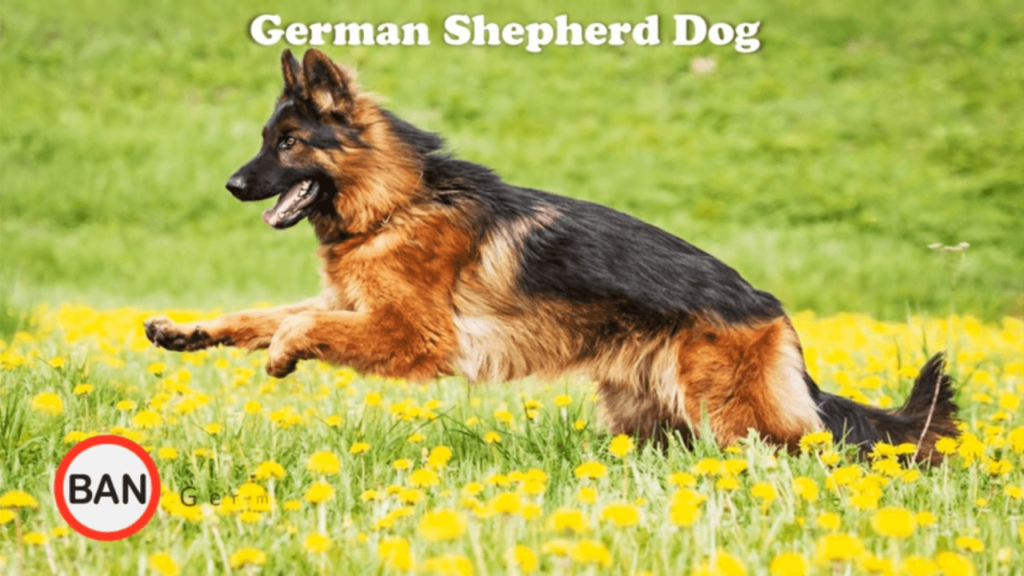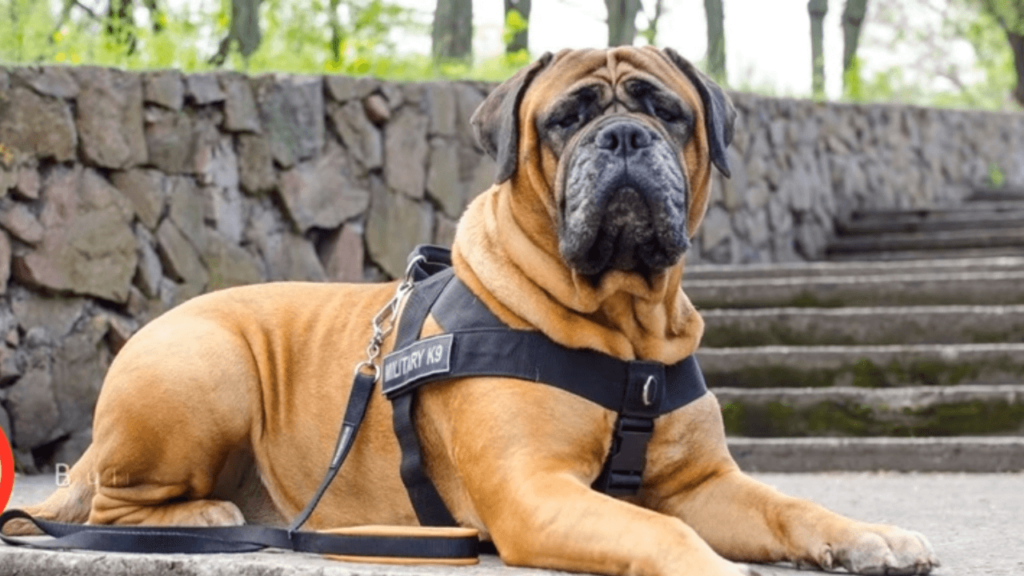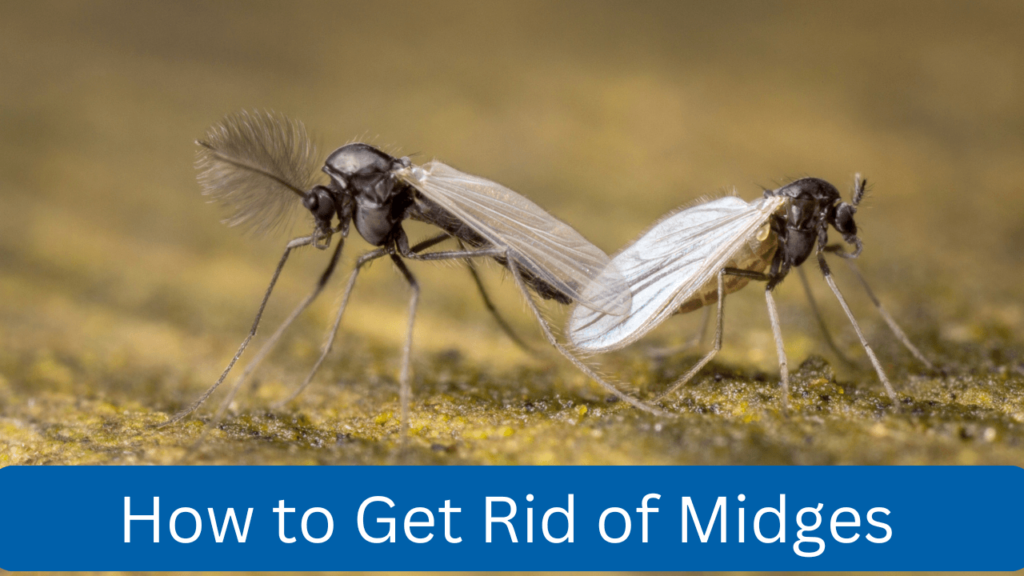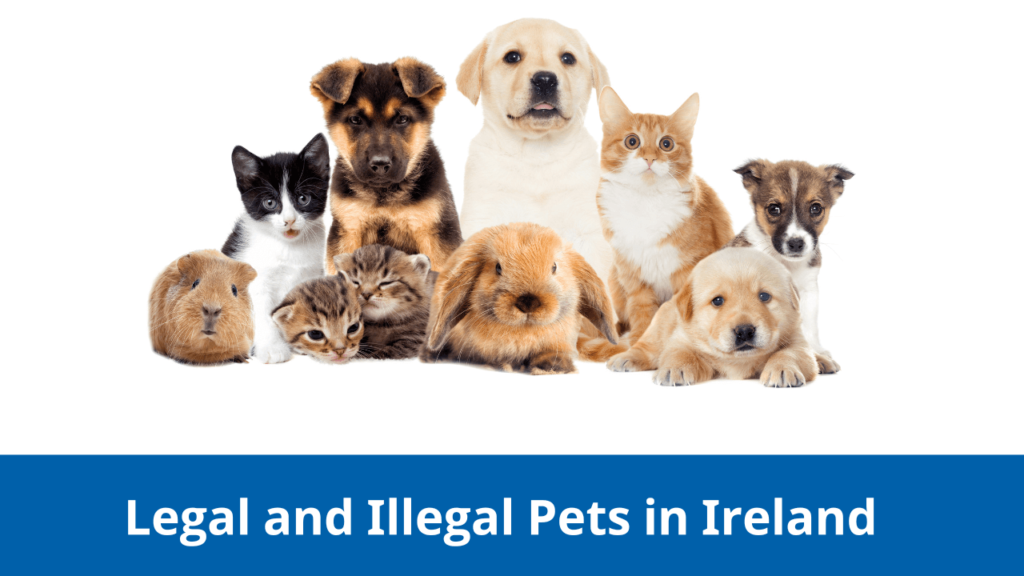Ireland has strict regulations for certain dog breeds classified as “restricted breeds.” These rules are designed to ensure public safety and responsible pet ownership. If you own a dog or are considering adopting one, it’s essential to understand these restrictions to comply with the law and promote harmonious interactions between pets and people.
This guide will help you learn about restricted dog breeds in Ireland, the rules surrounding them, and why these regulations are important.
What Are Restricted Dog Breeds?
Restricted dog breeds are specific breeds of dogs that are not banned in Ireland but are subject to special rules to ensure public safety. These restrictions are aimed at preventing aggressive behavior and promoting responsible pet ownership.
List of Restricted Dog Breeds in Ireland
As per the Control of Dogs Regulations 1998, the following breeds, including their strains and crossbreeds, are classified as restricted:
- American Pit Bull Terrier
- English Bull Terrier
- Staffordshire Bull Terrier
- Bull Mastiff
- Dobermann Pinscher
- Rottweiler
- German Shepherd (Alsatian)
- Rhodesian Ridgeback
- Japanese Akita
- Japanese Tosa
- Bandog (a crossbreed of any of the above breeds or their strains)
If your dog belongs to any of these breeds or resembles them, you’ll need to follow the specific regulations outlined below.
Rules for Restricted Breeds

Owners of restricted breeds must adhere to the following rules to ensure their dogs do not pose a threat to public safety:
1. Leashing
- Dogs must be on a strong leash no longer than 2 meters.
- The leash must be held by a person over 16 years old capable of controlling the dog.
2. Muzzling
- Dogs must wear a secure muzzle in public places.
- The muzzle should be comfortable for the dog while preventing biting.
3. Identification
- Dogs must wear a collar displaying the owner’s name and address at all times.
4. Microchipping and Licensing
- Dogs must be microchipped and have a valid dog license issued by the local authority.
Failure to comply with these rules can result in penalties, including fines or legal action.
Recent Changes: The XL Bully Ban

In recent years, there has been growing concern over incidents involving certain dog breeds, particularly the XL Bully. In response, the Irish government introduced new legislation to regulate this breed.
Key Points of the XL Bully Ban:
- From October 1, 2024, it became illegal to:
- Import
- Breed
- Rehome
- Resell XL Bully dogs.
- From February 1, 2025, it will be illegal to own an XL Bully unless you have a Certificate of Exemption.
How to Get a Certificate of Exemption for XL Bullies
If you already own an XL Bully, you may apply for a Certificate of Exemption. To qualify, your dog must be:
- Microchipped
- Licensed
- Insured
- Neutered (neutering can be completed after applying)
Penalties for Non-Compliance:
- Fines of up to €2,500
- Imprisonment for up to 3 months
- Seizure of the dog
These measures aim to prevent incidents while allowing current owners to keep their pets responsibly.
Why Are These Regulations Important?
The restrictions on certain dog breeds are designed to:
- Protect the public from potential harm.
- Encourage responsible dog ownership.
- Reduce the risk of aggressive behavior in public spaces.
- Promote safer interactions between pets and people.
Table: Overview of Restricted Dog Regulations
| Regulation | Requirement |
|---|---|
| Leashing | Strong lead, maximum length of 2 meters, handled by a person over 16 years old. |
| Muzzling | Secure muzzle must be worn in public places. |
| Identification | Collar with owner’s name and address must be worn at all times. |
| Microchipping & License | Dog must be microchipped and have a valid dog license. |
| XL Bully Certificate | Required from February 1, 2025, including microchipping, licensing, and neutering. |
Common Questions About Restricted Breeds in Ireland
1. Can I Own a Restricted Breed in Ireland?
Yes, you can own a restricted breed as long as you comply with all the regulations, including leashing, muzzling, and proper identification.
2. Are There Any Banned Breeds in Ireland?
No breeds are outright banned in Ireland, but restricted breeds must follow strict rules in public spaces.
3. What Should I Do If I Own an XL Bully?
If you own an XL Bully, you must apply for a Certificate of Exemption before February 1, 2025. Ensure your dog is microchipped, licensed, and insured.
4. What are the rules for owning a restricted breed?
Owners of restricted breeds must:
- Keep the dog on a lead no longer than 2 meters in public.
- Use a secure muzzle in public places.
- Ensure the dog wears a collar with the owner’s name and address.
- Hold a valid dog license.
5. What happens if I don’t comply with the regulations?
Failure to comply with the regulations can result in fines of up to €2,500, imprisonment for up to three months, or both.
6. Are mixed breeds subject to these restrictions?
Yes, crossbreeds and strains of the listed restricted breeds are also subject to the same regulations.
7. Is it cruel to muzzle a dog?
No, muzzles are safety tools that protect both the dog and the public. They are not harmful if used correctly and can help prevent accidents or misunderstandings involving restricted breeds.
8. Are restricted breeds dangerous?
Restricted breeds are not inherently dangerous. Their behavior largely depends on their upbringing, training, and environment. However, their strength and history of aggression in some cases have led to stricter regulations.
Tips for Owners of Restricted Breeds
Owning a restricted breed comes with added responsibilities. Here are some tips to ensure compliance:
- Train your dog: Enroll in obedience classes to improve behavior and build trust.
- Regular vet checkups: Keep your dog healthy and up-to-date on vaccinations.
- Socialize your dog: Gradually introduce your dog to new environments and people.
- Educate yourself: Stay informed about changes in dog regulations in Ireland.
Common Myths About Restricted Breeds
- Myth: All restricted breeds are inherently dangerous.
Fact: Behavior depends on the dog’s upbringing, environment, and training. - Myth: Restricted breeds cannot be kept as family pets.
Fact: With responsible ownership, restricted breeds can be loyal and loving pets. - Myth: Muzzles are cruel.
Fact: Muzzles are safety tools that protect both the dog and the public.
Final Thoughts
Owning a restricted breed in Ireland is not prohibited, but it does require additional responsibility and adherence to specific rules. These regulations are in place to ensure public safety and promote responsible dog ownership. By following the guidelines and staying informed, you can enjoy a positive relationship with your pet while keeping the community safe.
If you’re considering owning a dog from a restricted breed, take time to educate yourself about their needs and legal requirements. A responsible owner ensures not only the safety of others but also the well-being of their pet.

Hi, I’m Tanvir, the founder and author of Explore Ireland Now. With a deep love for Ireland and its rich culture, history, and landscapes, I created this site to share everything that makes this beautiful country worth exploring. Whether you’re a local looking for hidden gems or a traveler planning your next adventure, I provide insightful guides, tips, and recommendations to help you experience Ireland to the fullest.
From stunning landscapes to vibrant cities and quaint villages, Ireland is full of wonders waiting to be discovered. Through my personal experiences and research, I aim to bring you the most up-to-date information and inspiration for your journey.
Thank you for visiting Explore Ireland Now—I hope my content helps you uncover all that this incredible country has to offer! If you have any questions or need travel advice, feel free to reach out.



